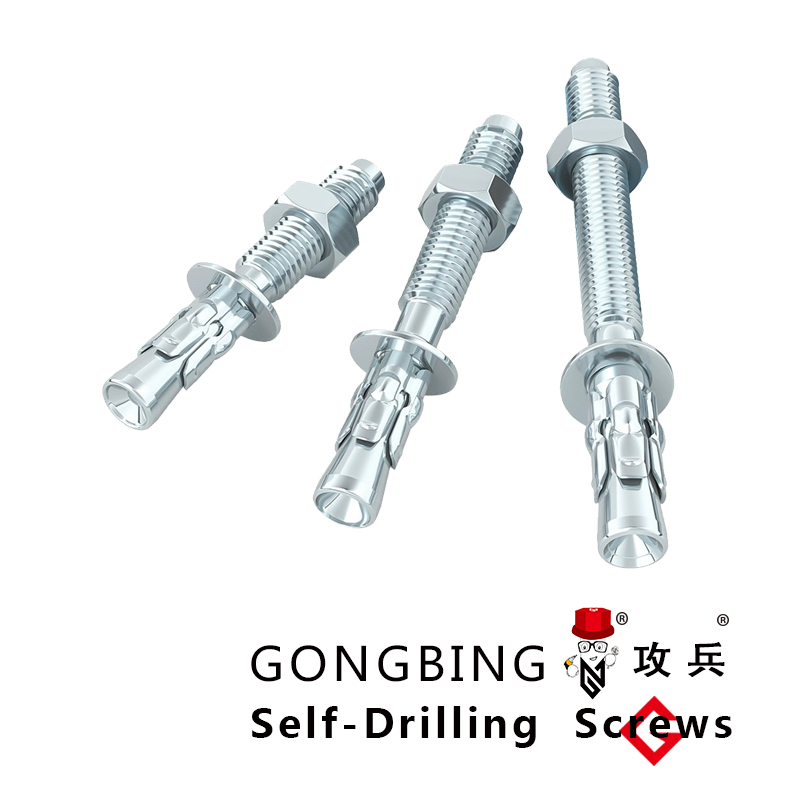Understanding the Mechanics and Applications of Shear Stud Bolts in Construction
Understanding Shear Stud Bolts Their Importance and Applications
Shear stud bolts are critical components in various engineering applications, particularly in construction and structural design. These specialized fasteners are designed to withstand shear forces, which occur when an object is subjected to parallel forces acting in opposite directions. This type of loading is common in structures, making shear stud bolts indispensable for ensuring the integrity and safety of constructions such as bridges, buildings, and other heavy structures.
What Are Shear Stud Bolts?
Shear stud bolts are typically fabricated from high-strength steel, allowing them to deliver robust performance under stress. They are characterized by their unique design, often featuring a smooth or threaded shaft with a head on one end. The functionality of shear studs is primarily focused on their ability to transfer loads and resist failure due to shear forces. This is crucial in ensuring that structures can withstand external loads, including wind, traffic, and seismic activities.
The Role of Shear Studs in Construction
One of the primary applications of shear stud bolts is in the construction of composite structures. In composite design, steel beams are often used in conjunction with concrete slabs. Shear studs are welded to the steel beams and act as connectors that bond the steel and concrete together, creating a cohesive unit that significantly enhances load-carrying capacity. This connection allows for the efficient transfer of loads between materials, providing stability and strength to the overall structure.
Moreover, shear studs are instrumental in preventing slippage between the concrete and steel elements during the application of loads. This is particularly important in scenarios where dynamic loads or vibrations are present. By providing a reliable connection, shear studs enhance the durability and longevity of structures, making them a preferred choice among engineers and architects.
Benefits of Using Shear Stud Bolts
shear stud bolt

1. High Load Capacity Shear studs are engineered to handle substantial shear forces, ensuring that structures can support significant weights and withstand dynamic loads without failure.
2. Versatility These fasteners can be used in various applications, including bridges, high-rise buildings, and industrial plants. Their adaptability makes them suitable for many construction scenarios.
3. Time Efficiency Installation of shear studs can be relatively quick and straightforward. Welding techniques employed in attaching shear studs to steel elements allow for rapid assembly, reducing construction time and labor costs.
4. Enhanced Structural Performance The use of shear stud bolts contributes to improved overall structural performance. By allowing for efficient load transfer, they increase the resilience and stability of buildings and other infrastructure.
Conclusion
Shear stud bolts play a pivotal role in modern engineering, particularly in the construction of composite structures. Their ability to resist shear forces and facilitate load transfer makes them an essential component for ensuring structural integrity. As construction practices continue to evolve, the importance of shear studs will likely increase, especially with the growing emphasis on safety and durability in structural design.
In summary, shear stud bolts not only enhance the performance of buildings and bridges but also contribute to the overall safety of the construction industry. Understanding the importance of these fasteners can help engineers and architects make informed decisions that lead to more resilient and sustainable structures. As technology advances, we can expect further innovations in the design and application of shear stud bolts, reinforcing their position as a cornerstone of modern construction practices.
-
Weatherproof Plastic Expansion Anchors for OutdoorIroyinJun.06,2025
-
Sustainability in the Supply Chain: Eco-Friendly TEK Screws ProductionIroyinJun.06,2025
-
Load-Bearing Capacity of External Insulation FixingsIroyinJun.06,2025
-
Double Head Bolts: Enhancing Efficiency in Industrial MachineryIroyinJun.06,2025
-
Corrosion Resistance in Chipboard Screws: Coatings for Wholesale DurabilityIroyinJun.06,2025
-
Butterfly Toggle Bolts : Enhancing Structural ResilienceIroyinJun.06,2025
